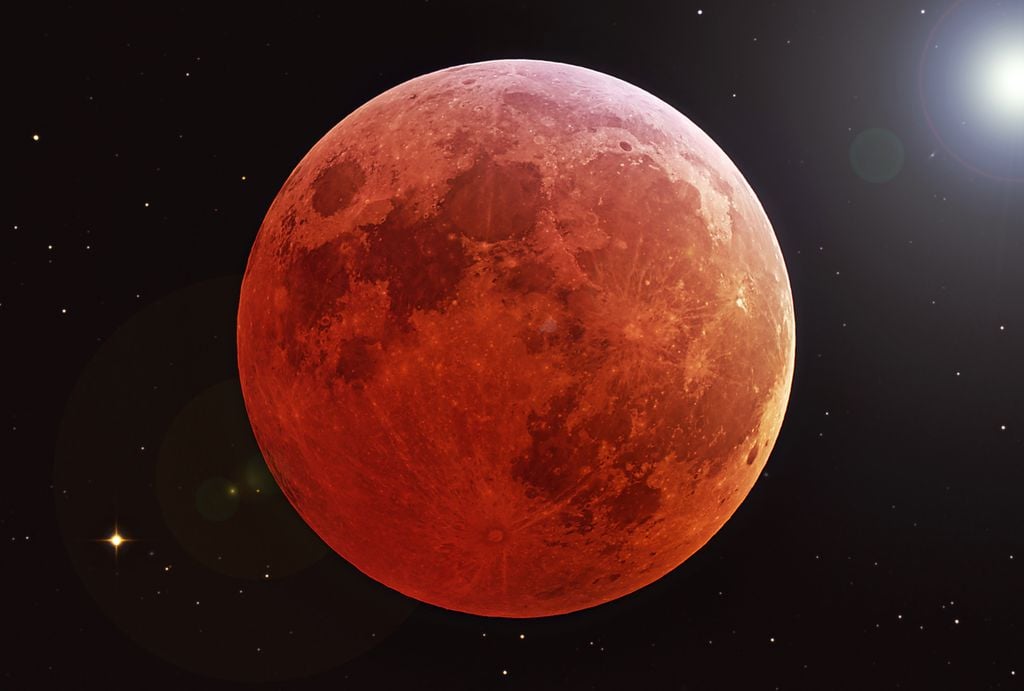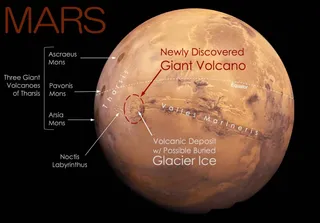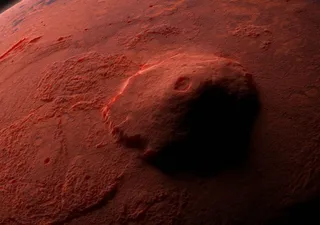NASA Prepares Comprehensive Strategy to Mitigate Impacts of Solar Storm on Mars
NASA's Mars spacecraft gear up to probe solar flare impacts on missions, advancing our understanding of challenges for future exploration on the Red Planet.

In the upcoming months, NASA's two Mars spacecraft will undertake a pioneering mission. Their goal? To delve into the effects of solar flares – massive eruptions occurring on the sun's surface – on both robotic missions and future human ventures across the Martian landscape.
Researchers will have the golden opportunity to study these solar flares as the sun enters its bustling phase known as solar maximum, occurring approximately every 11 years. Throughout solar maximum, the sun becomes particularly inclined to unleash its energetic outbursts in various manifestations, such as solar flares and coronal mass ejections, projecting radiation far into the depths of space. When a sequence of these solar phenomena occurs, it is termed a solar storm.
Peak solar activity this year will give two NASA spacecraft MAVEN and Curiosity the opportunity to study solar maximum from Mars.
— NASA Mars (@NASAMars) April 30, 2024
Their findings could help design radiation protection for future astronauts on the Red Planet. https://t.co/XqRH7T3cbr pic.twitter.com/eRmyBrZSGm
While Earth benefits from the protective embrace of its magnetic field, shielding our cherished home from the impacts of solar storms, Mars tells a different tale. Long ago, Mars lost its magnetic guardian, rendering the planet susceptible to the sun's energetic particles.
NASA's mission to understand solar flares and radiation on Mars
Before embarking on the monumental journey of sending humans to Mars, researchers face a paramount question: unraveling the mysteries of solar activity intensity on the Red Planet, alongside a plethora of other crucial details. Among these inquiries lies the pivotal assessment of human exposure to radiation, essential for determining the necessity and efficacy of radiation protection measures.
NASA's MAVEN orbiter helps scientists study space weather's impact on Mars' upper atmosphere, including solar flares. MAVEN, orbiting above Mars, monitors radiation and solar particles. As these particles interact with Mars' thin atmosphere, NASA's Curiosity rover investigates. Curiosity's RAD data shows how radiation affects carbon-based molecules on Mars, affecting potential signs of ancient microbial life.
MAVEN also serves as an early warning system for other Mars spacecraft, allowing proactive measures such as instrument shutdowns to mitigate increased radiation levels from solar flares.
Through this collaborative effort, NASA not only delves deeper into the mysteries of radiation on Mars but also paves the way for safer and more informed exploration of the Red Planet, where each discovery is a step closer to unlocking the secrets of our cosmic neighbor.
News reference:
Jet Propulsion Laboratory, “NASA Scientists Gear Up for Solar Storms at Mars” https://www.nasa.gov/solar-system/planets/mars/nasa-scientists-gear-up-for-solar-storms-at-mars/








